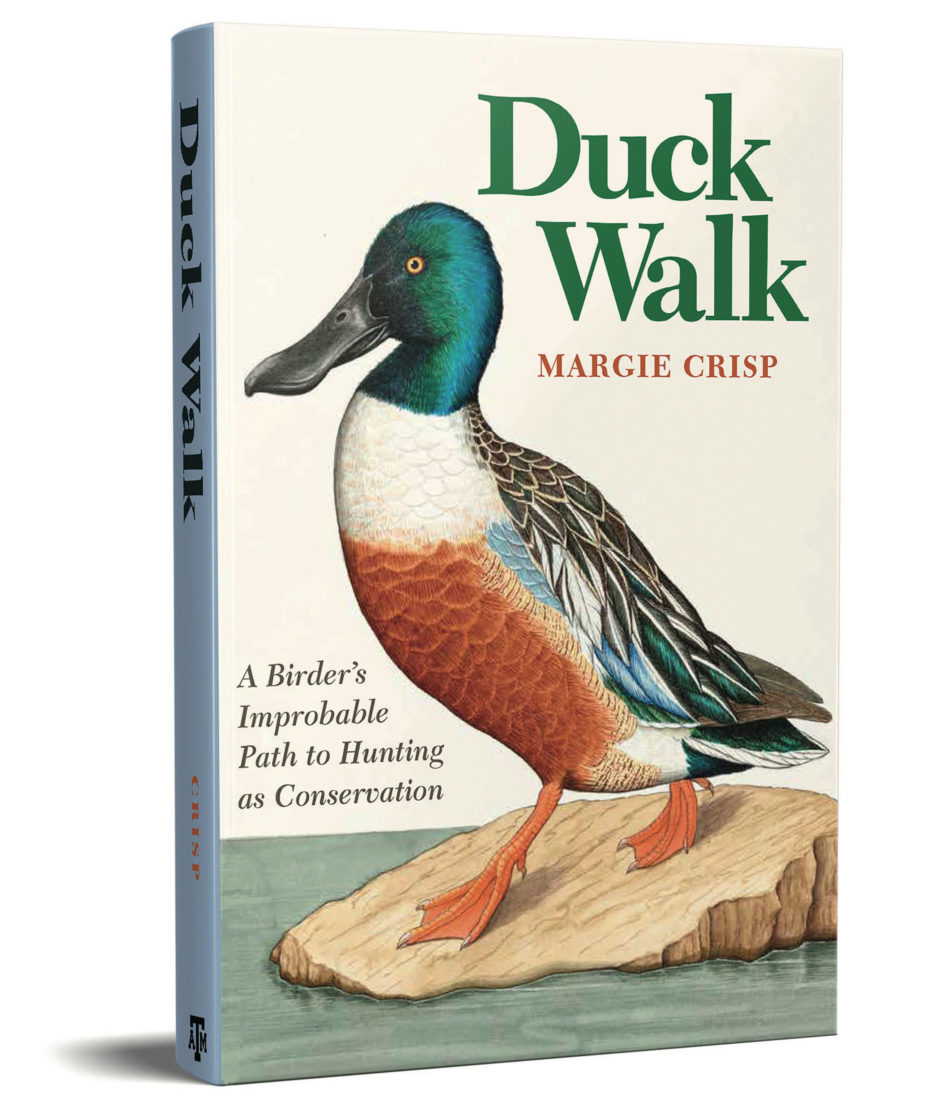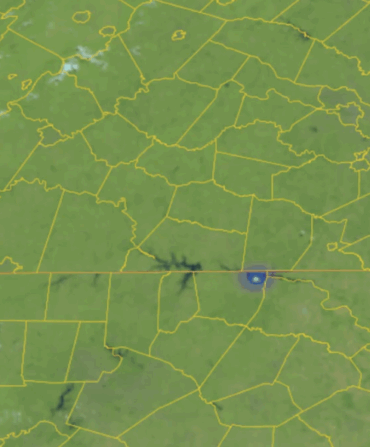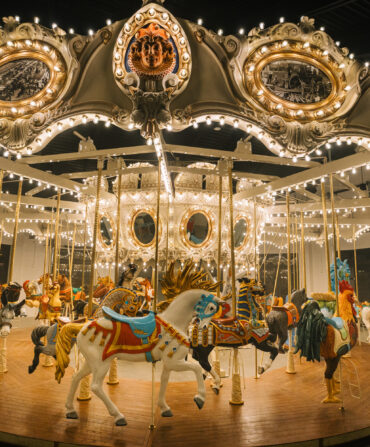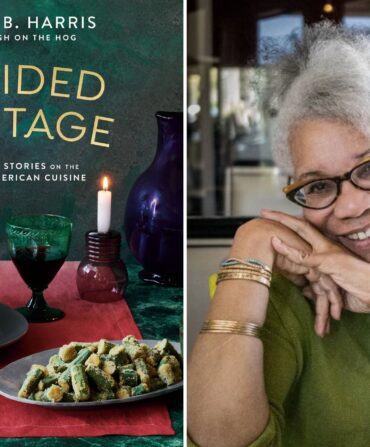“After a life spent watching my neighborhood birds,” writes the Elgin, Texas, artist and devoted birder Margie Crisp, “wandering through sometimes remote habitats seeking out beautiful, unique, or simply new birds; after joining and supporting local and national Audubon Societies along with other conservation organizations—how, at an age when most women are considering retirement, did I find myself crouched in a duck blind holding a loaded shotgun?”
If you didn’t see that last line coming, well, neither did Crisp. But in 2016, while on a birding expedition in Texas, Crisp was struck by what felt like an incongruous realization. The hundreds of acres of soupy rice fields she was glassing with her binoculars, where thousands of birds were “wading, feeding, and roosting in the shallow water,” had been flooded and preserved—at significant cost and effort—to make habitat for ducks and, by extension, duck hunters. Not for the dowitchers and sandpipers and willets at which she and her group were marveling, but for the greenwings and pintails and other waterfowl that, come hunting season, would be tracked by swinging shotguns.
Crisp genuinely loved the birds she’d spent a lifetime watching and often painting. She couldn’t imagine a life without them. But waterfowl hunters—her husband among them—appeared to likewise love the ducks and geese they watched and often killed. And therein lay a riddle that Crisp longed to solve.
Duck Walk: A Birder’s Improbable Path to Hunting as Conservation is the lively and provocative result. It’s a story—two, really—buoyed by Crisp’s mordant charm and keen observational chops. She equips herself with a 12-gauge Benelli Montefeltro (after a gun-shopping episode she renders as an absurd ballet of chauvinism), practices with clays, ensconces herself in duck blinds (one time, unfortunately, with a jacked-up guide of the odious “if it flies, it dies” school), and confronts what Aldo Leopold called the “unspeakable delight” of shot meeting bird. “This feeling isn’t what I’d expected,” she writes, bringing her first downed duck to her nose to inhale “the metallic tang of blood, the smell of pond water and mud, and the dusty smell of feathers.” It isn’t grief or guilt she feels, but also not exactly pleasure; rather, “an appreciation so deep that I want to call it love.”
From there Crisp embarks on a pilgrimage along the route of the Central Flyway—an hourglass-shaped lane of sky used by waterfowl on their migrations—to visit the salt marshes, river bottoms, sand prairies, mud basins, pothole ponds, and crucial upland prairies that sustain those journeys. It’s in talking to biologists, refuge managers, hunters, environmental activists, and farmers, and researching the history of U.S. conservation, that Crisp conveys her second story.
Almost half of the world’s bird populations are in decline. Extinction threatens one in eight species. But, “in an analysis published in the journal Science detailing the gut-wrenching loss of over three billion North American birds since the 1970s,” Crisp writes, “the graphics and tables show, again and again, the one stubborn line that bucks the trend: waterfowl. Instead of loss, there are gains for many web-footed birds.” Nearly a century’s worth of conservation efforts are a critical reason for that—including excise taxes on guns and ammunition for habitat restoration; revenue from Federal Duck Stamps; management plans and treaties; the launch of Ducks Unlimited and other organizations—spearheaded by “a ready group of protectors, benefactors, and boosters”: hunters.
“Yet birdwatchers,” Crisp writes, “outnumber hunters four to one.” Despite that, “songbirds, shorebirds, waders, and land birds don’t have the same intensive conservation work benefiting them and their habitats.” But what if they did? What if a portion of the $5 billion spent annually on birdseed and feeders went toward conservation efforts? What if the nation’s eighty-six million wildlife watchers were urged to buy an equivalent to Duck Stamps? What if the path of “duck conservation could be the map we need to help us protect our remaining avian brethren”? Crisp lays out some potential approaches, some more viable than others but almost all contingent upon “partnerships and collaborations that reach across political, geographic, and sometimes ideological borders.”
“I look over at the group of hunters, then at the birdwatchers,” Crisp writes of those Texas rice fields she visited in 2016. “We are all looking at the same group of birds, yet it isn’t clear whether we see the same thing at all.” It’s time, Crisp tells us, that we all start trying.









